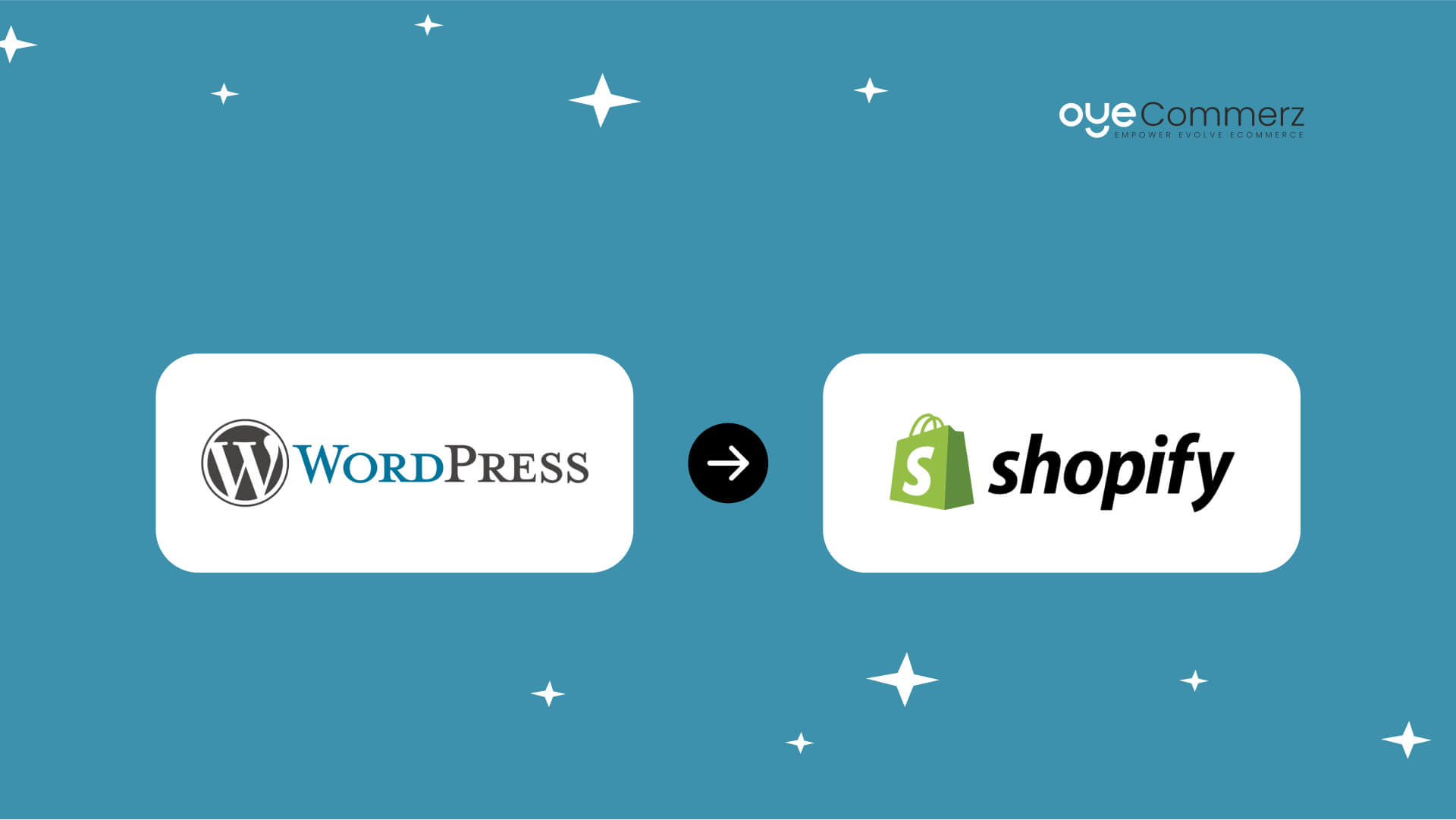Scaling an e-commerce store requires adaptability, growth, and delivering outstanding customer satisfaction.
Considering a move from WordPress to Shopify? You’re probably seeking advanced features, better scalability, and a forward-thinking platform.
This guide outlines the essential steps, strategies, and insights to ensure your migration to Shopify is successful and disruption-free.
Reasons to Transition from WordPress to Shopify
While WordPress offers versatility, its reliance on multiple plugins often creates hurdles for scaling.
Built for e-commerce, Shopify delivers unmatched security, scalability, and tools tailored to retailers.
With over 4.5 million e-commerce websites using Shopify globally in 2024, it is a dominant force in the industry.
A move to Shopify enhances areas like payment solutions, order handling, and mobile-friendly design.
This is your detailed plan for a successful migration journey.
Step 1: Evaluate Your Online Store's Requirements
Start by reviewing your store’s current performance and identifying future needs.
Pinpoint challenges such as reliance on plugins or suboptimal page speed that restrict growth.
With tools like Shopify Payments and flexible themes, Shopify minimizes the need for external plugins.
Step 2: Create a Migration Plan
Migrating without a structured approach can lead to errors, data loss, or unexpected downtime.
To minimize risks, prioritize critical components such as customer records, product catalogs, and transaction data.
Shopify provides tools and third-party apps to simplify the migration process and safeguard important information.
Step 3: Customize Your Shopify Store
Create a brand-consistent shopping experience using Shopify’s versatile customization tools.
Browse the Shopify Theme Store for templates or modify them to enhance user experience.
Premium themes like “Impulse” and “Prestige” offer advanced features and mobile-friendly designs.
If you’re an enterprise business, Shopify Plus customization takes your branding to the next level.
Oyecommerz specializes in crafting Shopify Plus themes that align with enterprise-level e-commerce needs.
Step 4: Preserve Your SEO Rankings
Retaining your SEO framework during migration prevents search traffic declines.
Shopify offers URL redirection to ensure that your visitors land on the right pages.
Use Shopify’s built-in SEO tools to manage metadata and connect analytics platforms.
Studies show that overlooking SEO during migration often leads to a drop in site traffic.
Step 5: Leverage Shopify’s App Ecosystem
Unlock advanced features for your store with Shopify’s rich selection of apps.
Integrate apps such as Klaviyo for targeted email campaigns or Yotpo for showcasing Shopify for WordPress users user reviews.
Use Shopify API integrations to connect your store with external systems effortlessly.
Oyecommerz specializes in creating tailored integrations to meet your business's unique operational needs.
Step 6: Focus on Mobile Optimization
In 2024, mobile devices account for nearly 60% of online transactions, making optimization essential.
Shopify themes are inherently mobile-responsive, providing a consistent shopping experience across all devices.
Shopify supports mobile-friendly payment methods, reducing friction at checkout.
Enhance mobile user satisfaction by ensuring fast, intuitive browsing and purchasing.
Step 7: Prepare Your Team for Shopify
Training your team to navigate Shopify ensures they maximize its features effectively.
Familiarize your employees with Shopify’s dashboard, product management, and reporting functions.
An informed team will help you leverage Shopify to its full potential, streamlining operations.
Step 8: Test Your Store Before Launch
Test your store rigorously to ensure all systems function smoothly before launching.
Verify that product information, inventory, and navigation links are error-free.
Test your payment systems and confirm the checkout process works seamlessly across platforms.
Testing ensures your store is customer-ready, leaving no room for errors on launch day.
Step 9: Announce Your New Store Boldly
Turn your platform switch into a marketing event to attract attention and retain customers.
Leverage email marketing and social platforms to highlight the advantages of your upgraded store.
Emphasize improved speed, security, and shopping experience to encourage repeat visits.
Conclusion: Empower Your Business with Shopify
Transitioning to Shopify represents an opportunity to reimagine your e-commerce strategy.
Shopify’s robust tools, scalability, and seamless integrations create an ideal platform for growth.
For businesses of any size, Shopify offers unparalleled support for achieving WordPress to Shopify migration tips e-commerce goals.
Rely on Oyecommerz for expert guidance throughout your Shopify migration journey.
Trust Oyecommerz to make your migration stress-free and maximize your store’s capabilities.
Take the next step in transforming your store—contact us to start your Shopify migration today.

Comments on “Transitioning from WordPress to Shopify: The Definitive Guide for E-commerce Success”